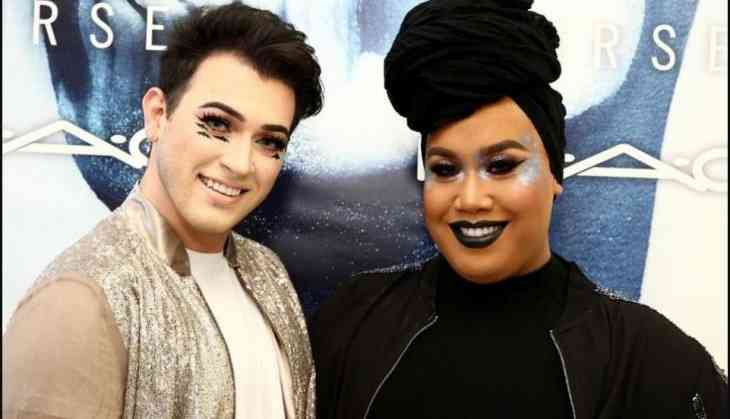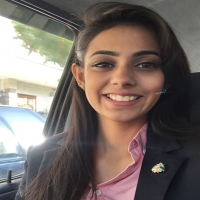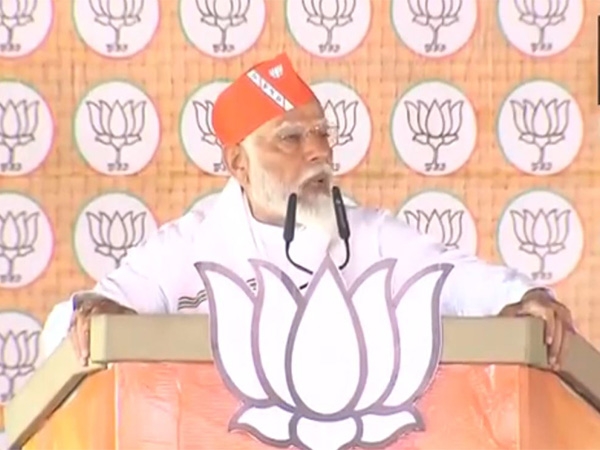Male MUAs take over as we e-tribalize

With Pinterest ready make-up rooms taking over the world, maintaining one's subscribers is a 'taking it by the horns' task. I'd like to call it an MUA Apocalypse. Picture this: Male MUAs and YouTuber beauty gurus covered in strobe-lit unicorn hair, rainbow eyeshadows and carefully contoured tiny noses taking over the world!
Ahhh! I'm screaming at the mere thought of it. Only because there are suddenly so many of them and everywhere! Manny Mua, Patrick Starrr, James Charles, Bretman Rock, Jeffree Star. You see what I mean?
Where are they coming from? And what the hell do they want?
If I am to be honest, they've been around for a long time. Really long. It's just that they're getting the much-deserved attention now. And why shouldn't they? They've worked their way to it.
As the beauty community enters an era where old-school trends are coming into relevance again while new looks are becoming the standard, the need to do something unique arises. In a bid to be at their creative best, gender-bending MUAs (Make-Up Artists) have garnered over a million followers across social media sites besides getting major brand deals and becoming the 'go to' make up artists for celebrities.
The reason that these male MUAs have such an engaging following (aside from their makeup skills) is that they’re real and honest AF besides being really good at what they do. (You need to hit them up on Instagram gurl!)
As a result of unlimited and free access to information and PR packages, the balance of power has shifted from companies to consumers. As a majority of them take over the internet (read YouTube and Instagram), we witness significant social changes. Not only are people re-tribalizing they are e-tribalizing. As we step into an era of extreme individualism, the polar (contrasting) phenomenon is also visible – people are getting drawn to virtual communities, which have more influence on them and their behaviour than any other formal institution.
And why shouldn't they? Instagram is full of pictures of beautiful people, dressed impeccably in exotic settings. Even them boys.
How brave is that? Not very.
Jeffree Star reminds us, "It takes a lot of guts to put on a face full of makeup, being a male in the world where a lot of people still think that cosmetics are only for women."
Online communities have become one of the most effective tools in the new Internet world. Properly organized and managed, these communities can provide a lot of value to their members. What previously was just a teenage hobby, has now turned into a serious business. For example: Besides having a Mac X Patrick Starrr line, he has a Make Up tutorial with Kim Kardashian West and Katy Perry to his name too. Male MUAs such as him have started filling in a new niche in the already covered trendy, cool, modern yet fun and oh-so-boho genre of the beauty influencer community.
But that's not all. Being opinion leaders, these beauty gurus face a lot of backlash too. So how do they deal with it? Bretman Rock had some words of wisdom for all of us, “What really matters is when you look at yourself in the mirror, do you like what you see? If you’re happy with that, that’s all that matters. People will always have something to say. Once you stop trying to impress other people and start trying to impress yourself, that’s when you find yourself."
Videos about beauty and the power of vloggers are increasing by the minute:
- YouTube has 14.9 billion beauty-related video views.
- Only 3% of those belong to a beauty brand.
- Beauty vloggers control 97% of conversations around beauty topics and brands on YouTube.
- In 2016 alone, beauty-related content on YouTube grew to more than 700 million views per month.
- 27,000 beauty videos were published on YouTube in January 2013 alone.
- 75+ hours of new beauty-related content are uploaded on YouTube daily.
- Tutorials are YouTube’s most popular beauty content category, attracting 39% of all beauty video views.
- Tutorial videos from YouTube’s top 50 beauty vloggers receive 1200% more views than brand-created.
- Beauty vloggers have significantly more subscribers than prominent beauty brands such as MAC or Chanel; for example Michelle Phan has ca. 6,500,000 subscribers, MAC has ca. 162,000 - that's a huge difference!
- In fact, YouTube’s top 25 beauty vloggers possess 115x more subscribers and receive 2600% more comments on average than beauty brand channels.
- Top beauty vloggers have 10x more videos on their channels than beauty brands.
- Top beauty vloggers publish new YouTube content 7x more frequently than beauty brands.







![BJP's Kapil Mishra recreates Shankar Mahadevan’s ‘Breathless’ song to highlight Delhi pollution [WATCH] BJP's Kapil Mishra recreates Shankar Mahadevan’s ‘Breathless’ song to highlight Delhi pollution [WATCH]](http://images.catchnews.com/upload/2022/11/03/kapil-mishra_240884_300x172.png)

![Anupam Kher shares pictures of his toned body on 67th birthday [MUST SEE] Anupam Kher shares pictures of his toned body on 67th birthday [MUST SEE]](http://images.catchnews.com/upload/2022/03/07/Anupam_kher_231145_300x172.jpg)






